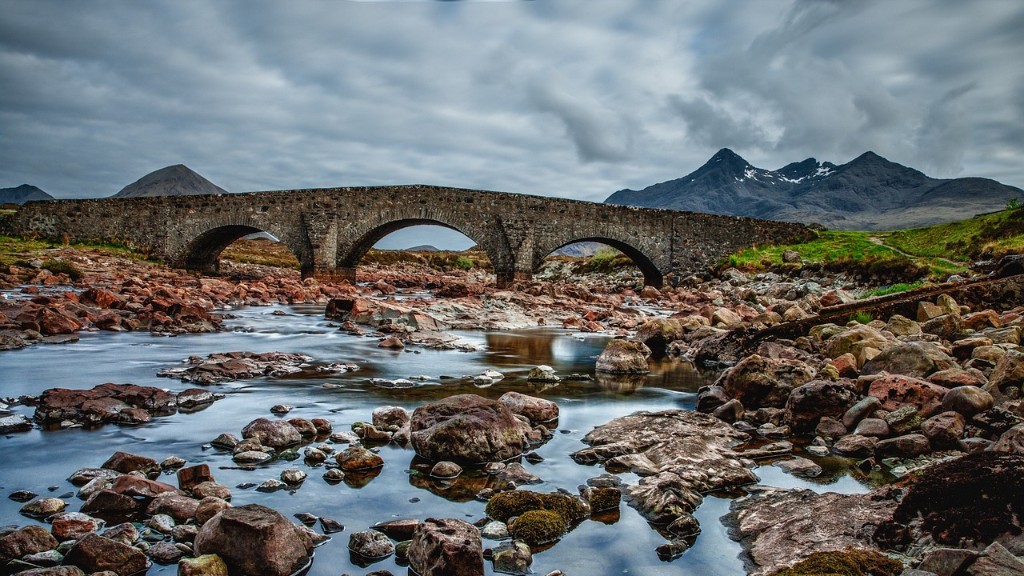Introduction
The Nile River is a highly sought-after destination for tourists and adventurous souls alike. Not only is it a stunningly beautiful part of the world, but it also holds some of the most remarkable creatures that inhabit the planet. However, one area of contention is the presence of dangerous animals in the Nile and whether or not this poses a risk to people who are visiting and exploring its waters. In this article, we’ll look at the debate surrounding the presence of dangerous animals in the Nile and what can, and should be done to protect all parties.
Dangerous Animals: What We Do Know
What is certainly true is that there are a number of different dangerous animals that can be found in the Nile. Of these, the most common are crocodiles, hippos, and snakes, though there are other less common creatures such as the occasional leopard or hyena. And while it is true that these animals have the potential to cause harm, the fact of the matter is that they are not typically aggressive unless they are provoked.
Experts believe that the presence of these animals in the Nile is part of a natural balance and should be respected rather than eradicated. While there may be an occasional attack, these are incredibly rare and most often the result of people disregarding the animals’ natural behaviors.
Attitudes Towards Wildlife
Beyond simply understanding and respecting the animals that inhabit the Nile, it is also important to recognize the attitude of the local wildlife authorities. In many areas, hunting is strictly prohibited and the animals are respected for their natural habitat. This gives the animals more protection and ensures that the balance in the area does not get disturbed.
Unfortunately, this is not always the case and in some areas the presence of dangerous animals has been the subject of debate. But this should not be seen as an inherent bad thing, as it can help to increase our understanding of how these creatures live in the wild and how we can better protect them.
The Role of Education
Another key factor in maintaining the balance of the Nile is educating people about the importance of respecting and preserving the wildlife in the area. This can be done through a variety of initiatives including raising awareness through media campaigns, offering educational programs, as well as ensuring locals and visitors alike understand the importance of respecting the creatures that inhabit the river.
It is also essential to remind visitors to be aware of their surroundings and take basic precautions when exploring the river. For example, if one notices a crocodile in the water it is often advisable to keep a safe distance and to avoid any sudden movements that could startle it or provoke an aggressive reaction.
Tourism and Conservation
Ultimately, it is important to note that the presence of dangerous animals in the Nile should not put people off visiting or exploring the area. In fact, the presence of animals in a natural environment is often an attraction for tourists as it is a reminder of the beauty of the area and its ecosystem as a whole.
This means that instead of worrying about the presence of dangerous creatures, we should be focusing on how to maintain the balance and harmony of the Nile. This can be done through ensuring that tourism is managed responsibly so that there is minimal disruption to the environment and that the habitat of the creatures is preserved and respected.
Conclusion
In conclusion, the presence of dangerous animals in the Nile does not necessarily mean that there is a risk to people, but it is important to ensure that we all understand and respect the delicate balance of the environment. By properly managing tourism and through educating people about the importance of respecting and preserving all creatures, we can ensure that all parties are kept safe and that the river is protected for all to enjoy.

